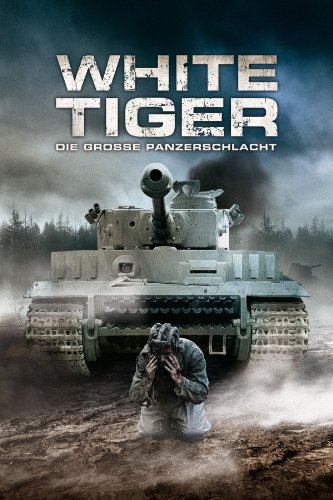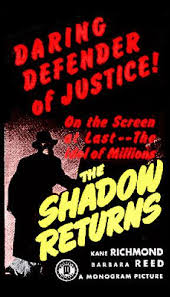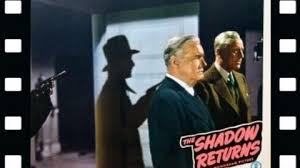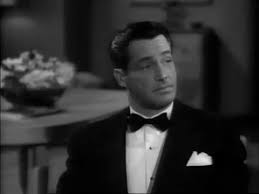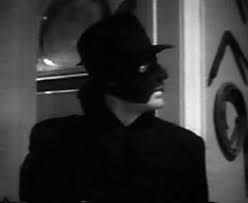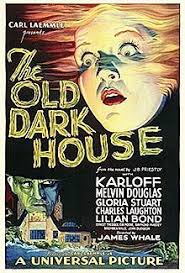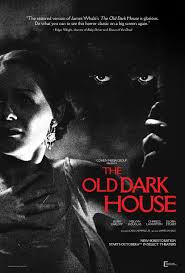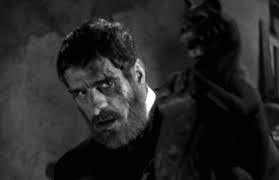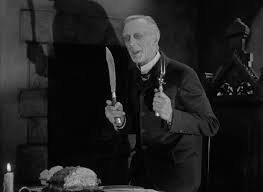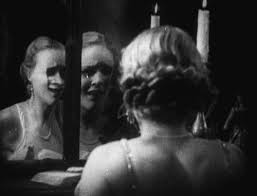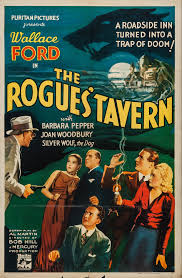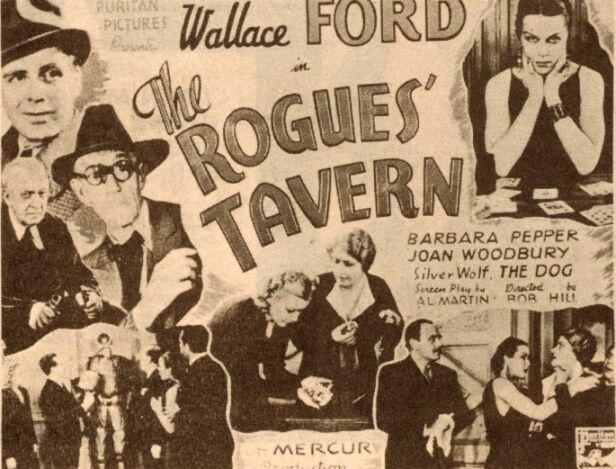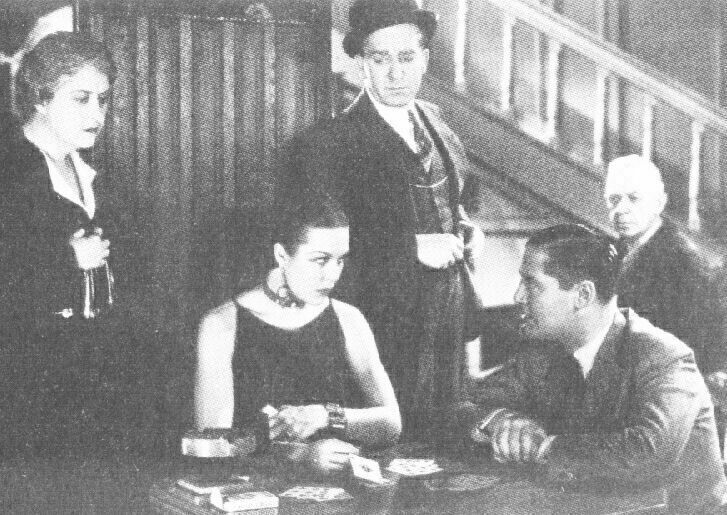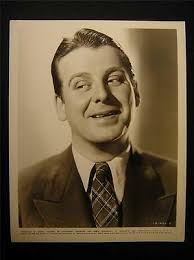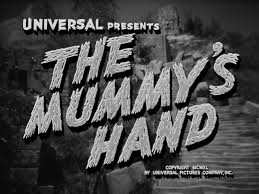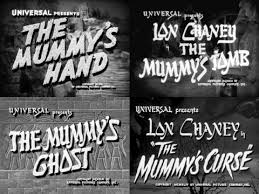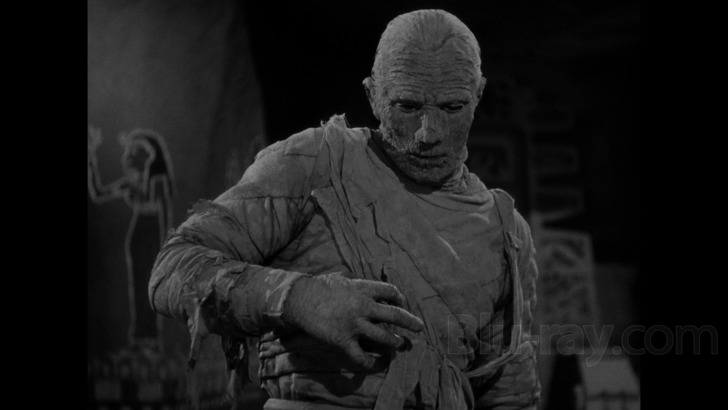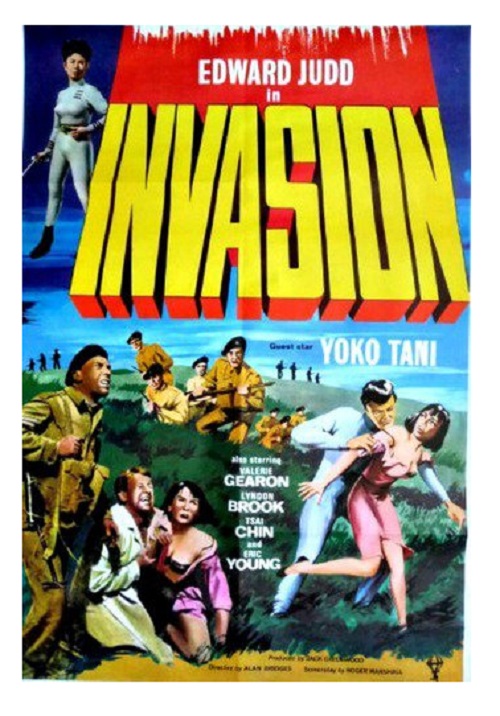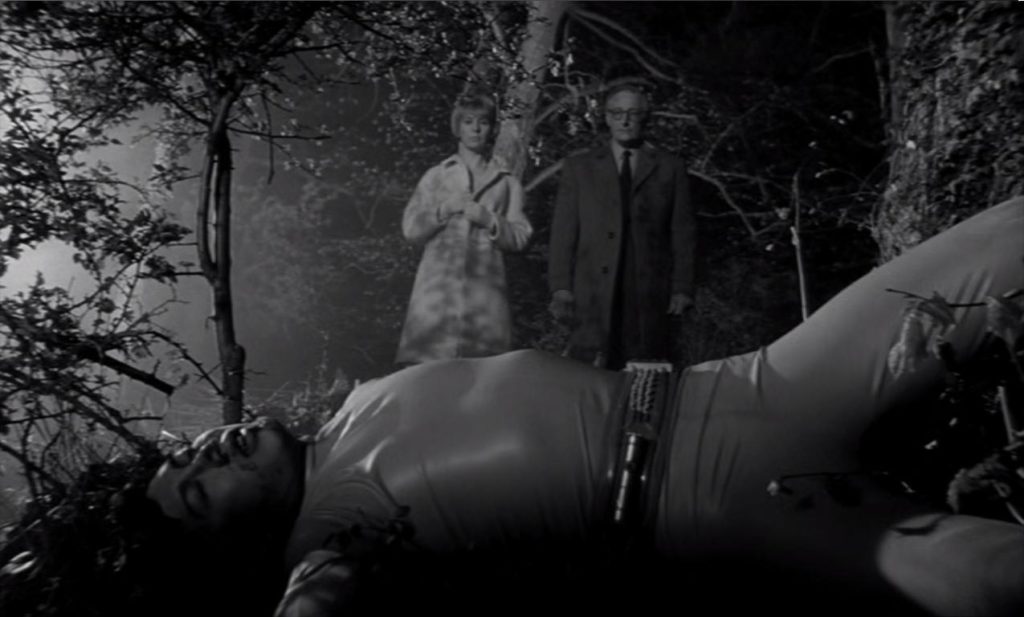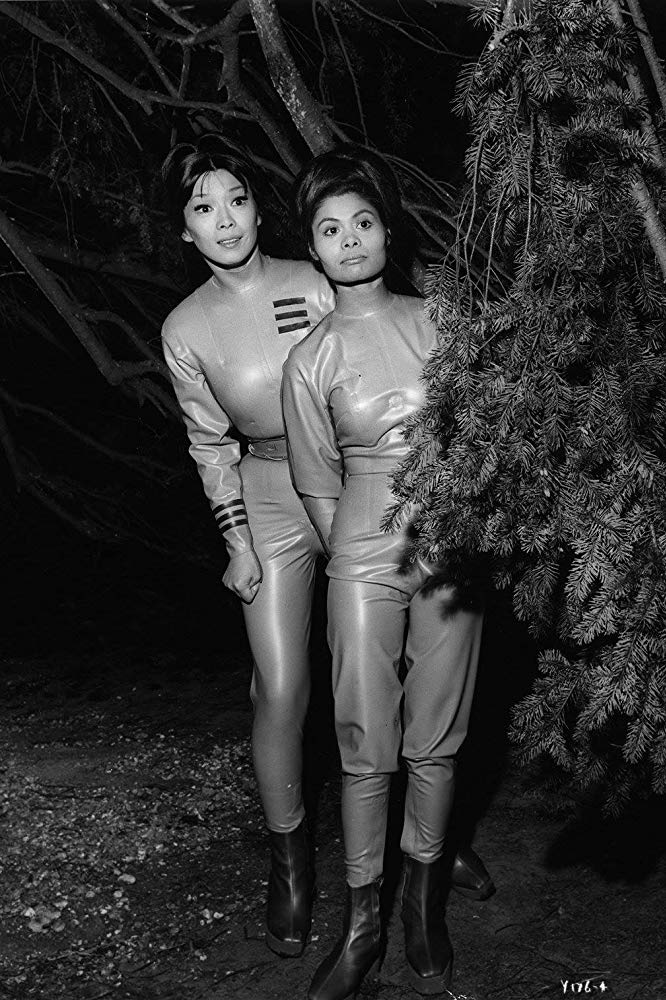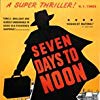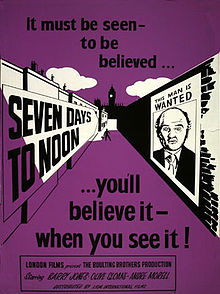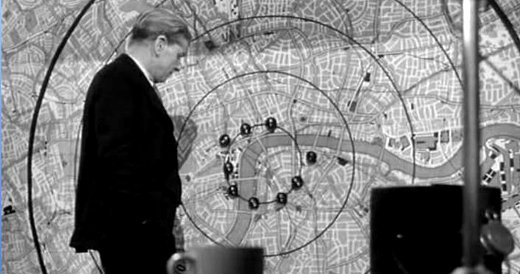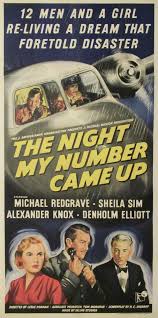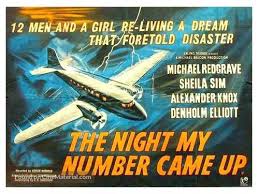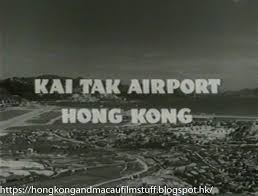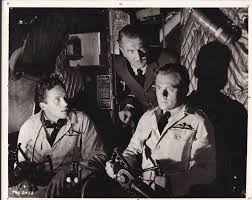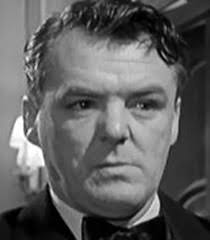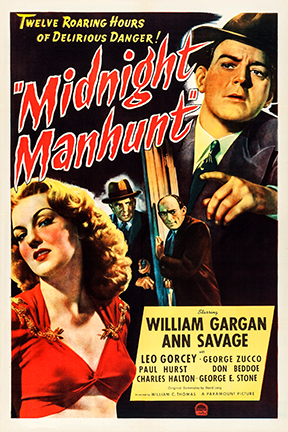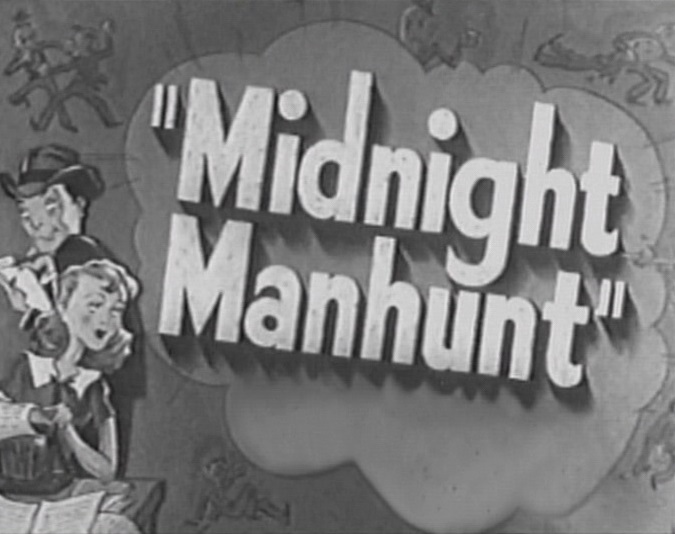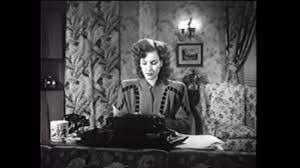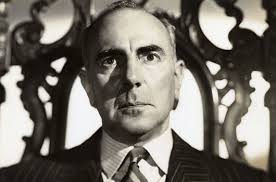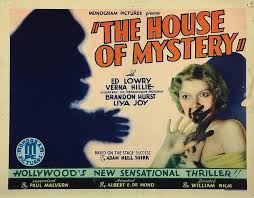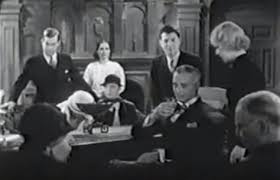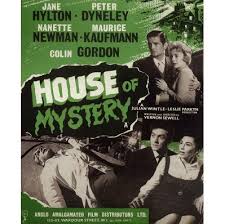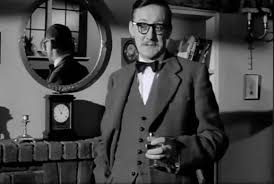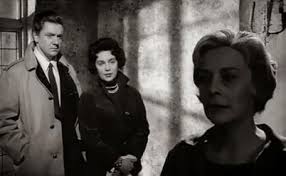White Tiger (Belyy Tigr) (2012)
IMDb meta-data is 1 hour and 44 minutes, rated 6.5 by 3213 cinematizens.
Genre: War, Fantasy.
Verdict: Ahab, tank whisperer.

Context. In the July and August of 1943, near Kursk in South West Russia, an enormous tank battle occurred as the Nazis launched their last major Eastern offensive, putting into the maw a million men (Germans, Austrians, Italians, Hungarians, Romanians, Bulgarians, Slovenians, Croatian, and more) with 3000+ tanks. Big, huh? But the Soviets saw that bid and raised it, offering to Ares more than two and half million men with 7000 tanks. The air fleets were likewise enormous. Events far away determined the eventual outcome when the Western Allies invaded Sicily leading the Nazis in Russia to fall back because reserves of men and material intended to sustain a counter-attack in Russia were diverted to Italy.

Set-up. After one tank engagement in the weeks this battle dragged on, a badly burned Ahab is pulled from a T-34 and miraculously recovers from his near fatal wounds in ten minutes. This is Comrade Found who becomes the tank whisperer. He communes with the steel hulls of burned-out hulks and confirms that his tank was destroyed by the titular White Tiger tank.


This is a long way from the Soviet propaganda films about the Great Patriotic War like Two Soldiers (1943), It Happened at the Donbass (1945), The Star (1953), Ballad of a Soldier (1959), ….. where bare and barrel-chested hero workers rip German tanks apart with one hand while hold Lenin’s testament aloft in the other. In this film there is blood and grit, and no one turns to Lenin for solace. Moreover, the tank whisperer is a non-entity, pigeon chested, cross-eyed, monosyllabic, and stooped. This is no Hollywood hunk taking time off from the steroids and the gym.
But once Found recovers in record time from burns — he is reborn, he is back in a tank seeking out the White Whale of a Tiger in some mixed up zoology. White proves so destructive and elusive that the Soviet Army dedicates a small unit led by the Tank Whisper to seek and destroy it. Shoot ‘em ups occur. Tank whisperings save Ahab but the great White gets away again and again. There is talk that it has a ghost crew as well as magical powers to cloud men’s mind. It is the S-H-A-D-O-W tank! Talkative German prisoners tell everything they know which is not much without even getting a cigarette in return.

That occupied the first hour plus, then — inexplicably — we cut away to a ceremony led by Russians with a German Field Marshall surrendering in the presence of American and British flags and at least one American general officer uniform. The Nazi delegation includes all arms: Wehrmacht, Kriegsmarine, and Luftwaffe. Huh? From 1943 to 1945 in a flash. The White Tiger made no further appearance in the last two years of the war.
There follows another half hour with several pointless scenes in a ruined city, perhaps Berlin, which I watched with one eye. It ends with an incomprehensible monologue from guess who? Only one ear was required for that: Found says the White is still out there waiting. Ah huh…, and…. Nothing.
By the way, there are no women in the film after Tank Whisperer leaves the hospital, apart from a few passing in street scenes at a distance.
Leaving aside the last half hour it had some mystery, which was never resolved, and so just became an excuse for blown ‘em up and shoot ‘em up. Tant pis. The early musings of a couple of the characters were a good start but they became repetitive rather than informative, not a patch on similar musings in The Thin Red Line (1998) or Castle Keep (1969). Still when I compare it to the trailers I have seen of recent Anglo-American war films White Tiger has a verisimilitude completely lacking in them. There is not a bareheaded, bare chested Brad Pitt in sight reminding us his food-fad diet, the hours a day he spends in the gym and at the make-up chair.
I cannot forbear, and why should I, from mentioning that one reviewer on the IMDb refers to the setting as the winter. Winter in July, well maybe, in Boston but not in west central Russia.
Not my usual far but I found some references to it that made it sound more thoughtful than the usual shoot ’em up. Not so, I found.

